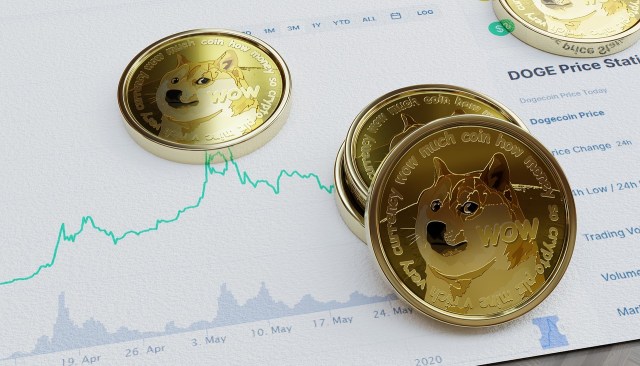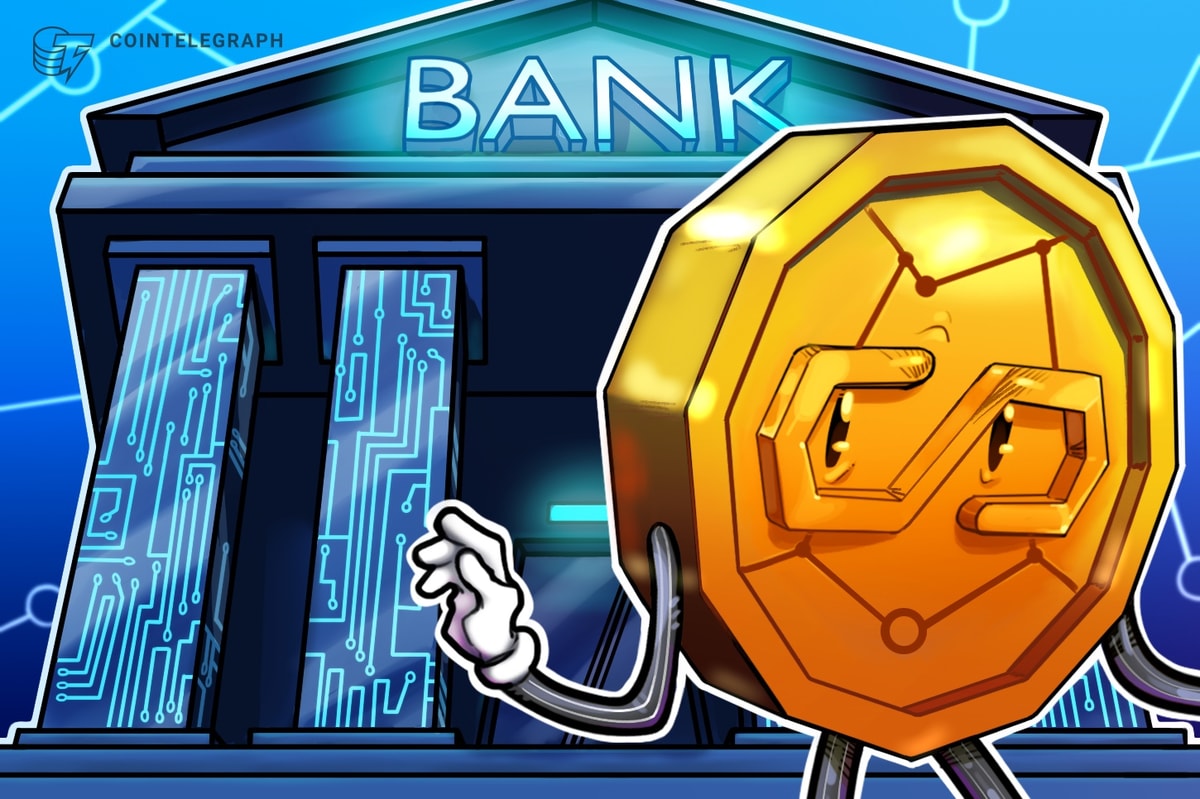Blockchain investors are not necessarily risk averse. They’re generally comfortable with the amount of volatility that exists in the market today.
For most, this is a small trade-off compared to the benefits brought by ICOs. When a startup builds its token economy correctly, it gives investors a number of perks such as quick liquidation and flexibility dealing with assets.

Each individual investor in the market has the option to sell their tokens if they lose faith in the project, or see that there will be no demand for its tokens moving forward. Some investors choose to wait and sell their tokens when they grow twenty or thirtyfold. Likewise, other investors choose to liquidate their assets as quickly as possible if the startup is not suited to face competition.
However, taking advantage of these benefits does not mean that investors shouldn’t mitigate the amount of risk they assume when making an investment in the first place. To the contrary, the flexibility of ICOs is precisely what experts use to hedge these investments.
Funds and Delayed Decisions
For example, there are many strategies that investment funds already use to avoid risks. An important one is that they make a delayed decision on a percentage of the whole value of an investment deal. A fund may pledge $1 million to a startup but only be ready to risk 25% of the investment. In this case, it negotiates with the startup the condition to get back $750,000 from the $1 million pledge if the deal is revoked. This means that it will only risk losing $250,000. Either way, the fund can then sell the tokens it bought at any time if things go south.
Although this approach is often exclusive to investment funds, individual investors may also find it interesting since funds are rapidly becoming one of the best possible investment options. Today there are more and more funds working with a larger pool of individual investors, and some offer significant opportunities such as this to evade risks.
Therefore, when looking into investment funds it’s important to pay attention to what transactions are taking place between the fund and the startup. A general rule is that risk-averse funds receive smaller discounts than larger funds which are investing without avoiding risks. In the end, it usually boils down to a decision between risk or discount.

Escrow
Delayed decisions go hand in hand with escrows. Regardless of how an investor deals with a startup — either through direct investment, direct purchase of tokens, or through a fund — the startup should offer the option to hedge risks using these services.
More so, escrow services should be available both during the ICO and after the process. In the first case, they reduce the risks of the initial collection. Investors are protected if the ICO raises insufficient funds, the startup team faces disagreements, a strong competitor appears on the market, or regulations change. Here, the startup doesn’t hold the investor’s funds in the first place and there is no risk.
Once the ICO is over, startups may also use escrows that release funds gradually as they are needed to keep working — all under the condition that the project fulfills certain objectives. Startups that work under this arrangement are the ones that protect the investments of token holders the most.
There is an increasing number of platforms that embed these features into the ICO process to allow mass fundraising for interesting projects. In a way, they’re similar to Kickstarter. They mix delayed decisions with escrow services to keep risk at a minimum for investors. The logic behind it is that every time a project passes a certain step in the roadmap, the achievement is recorded on the blockchain and the platform automatically signals the escrow to release money for the next stage. There are many applications for this innovative mechanism, ranging from real estate projects to films, music, and books.
These are all important strategies to keep in mind and each may apply in different situations. One final but important rule of thumb that underpins them is that all involved parties should have skin in the game and share an interest in a particular project’s success. It is essential to security that the interests of the startup, fund, and individual investors are always aligned.
Visit Nick’s website to stay in touch.
Watch Nick’s YouTube channel
Follow Nick on Facebook and Telegram
Disclaimer:
This information is the opinion of the provider and is for informational purposes only. It is not intended as and does not constitute investment advice or legal or tax advice or an offer to sell any securities to any person or a solicitation of any person of any offer to purchase any securities. This information should not be construed as any endorsement, recommendation, or sponsorship of any company or security. There are inherent risks in relying on, using, or retrieving this information. Seek the advice of professionals, as appropriate, to evaluate any opinion, advice, product, service or other information provided.
What do you think of Nick’s risk-reduction strategies? Tell us in the comments below.
Images courtesy of Nick Evdokimov











